It was amid the previous decade when I started in automotive journalism, with a passion and love for anything with wheels.
Back then it was only a choice between diesel and gasoline. Electrification was just a pipe dream, a distant future I was only reading about on global automotive news. Back then, the only electrified cars you can buy in the country were the Toyota Prius hybrid, which entered the Philippines in 2009. Electric vehicles have yet to become a local reality.
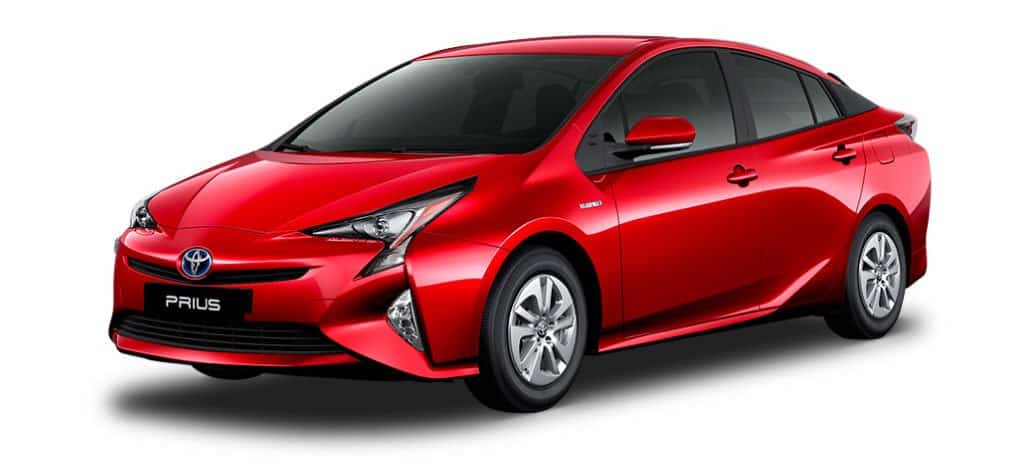
As we turn to the next page of this industry’s journal, let’s talk about the once distant future that has been, albeit slowly, turning into the present: electrification.
There have been several new developments at this point, primarily the new Electric Vehicle Industry Development Act (EVIDA) that should pave the way for further development in electrification. There are now more charging stations as well, along with an abundant range of mobility options that have two, three, or four wheels.
In one way or another, the local automotive industry is now more dynamic than ever despite being a tad late in comparison to the rest of the world.
Charging stations
The charging infrastructure in the Philippines is still not as widespread as in the US, Japan or Europe. However, we have recently taken a major step forward, courtesy of Pilipinas Shell.
Shell has opened the Shell Recharge Station – the company’s first EV charging station. Strategically located in Shell Mamplasan along South Luzon Expressway, the EV charging station is a 180kW DC fast charger capable of servicing two vehicles simultaneously.
There is one caveat, though. Shell’s fast charger uses CCS2 connectors, usually seen in European car brands like Porsche, Audi, and Jaguar, among others. If you own a Nissan LEAF or a Mitsubishi Outlander PHEV, you won’t be able to top up your car’s battery via the Shell Recharge Station. The company, however, confirmed that the future Shell Recharge Stations in the country might have different types of connectors, with the aim to develop an inclusive charging network in the country. Somewhere between 3 and 10 Shell Recharge Stations will be opened this year in Luzon, the company confirmed.
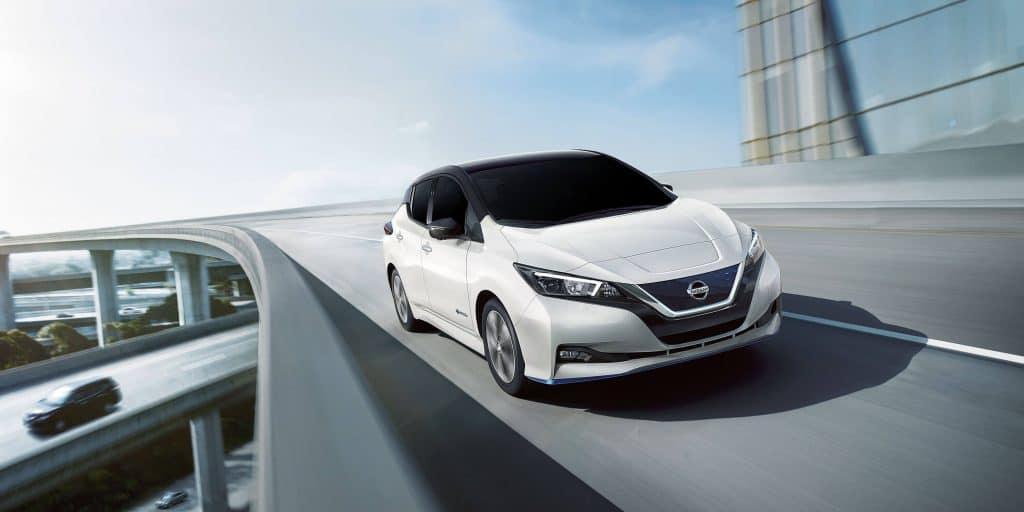
Meanwhile, the other DC charging stations are found in the Unioil station along EDSA near Guadalupe, and in Nissan dealerships that sell and service the LEAF. Both use the CHAdeMO type of connector. The charging stations found in SM Malls are the AC type, which means you’ll have to leave your car for hours for a full charge.
Overall, we and the rest of the world are still in a transition period when it comes to standardizing the charging connections – much like when phones had different types of chargers before but are now transitioning to the more standardized USB Type-C connectors (hello, Apple iPhone).
However, we can’t deny that the movement in charging infrastructures locally is a substantial one, especially considering that it came from one of the three major providers of fossil fuel.
Plethora of electrified choices
There are now several electrified cars in the market, classified as hybrids, plug-in hybrids, mild hybrids, and pure electric. Hybrids and mild hybrids don’t require charging stations, while plug-in hybrids do give you an option between letting the internal combustion engine (ICE) do the charging or plugging in. Pure electric vehicles, as discussed, require charging.
Toyota Motor Philippines has been leading the way when it comes to its hybrid offerings, which include its premium brand, Lexus. Current hybrid models available locally are the Toyota Prius, Corolla Altis HEV, Corolla Cross HEV, RAV 4 HEV, and Camry HEV, as well as the Lexus IS 300h, ES 300h, LS 500h, NX 350h, and RX 450h. Premium automaker Maserati is also selling the Ghibli and Levante hybrid models.
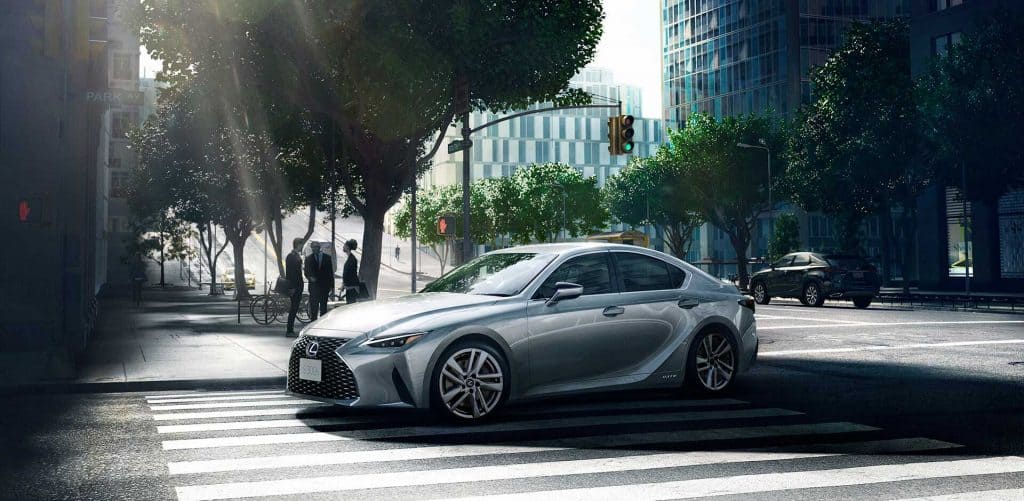
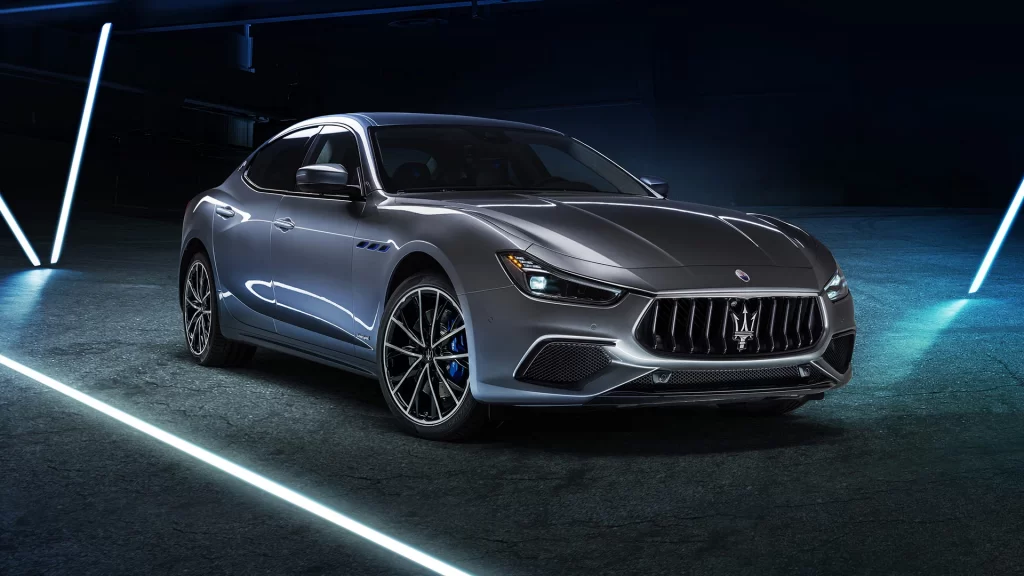
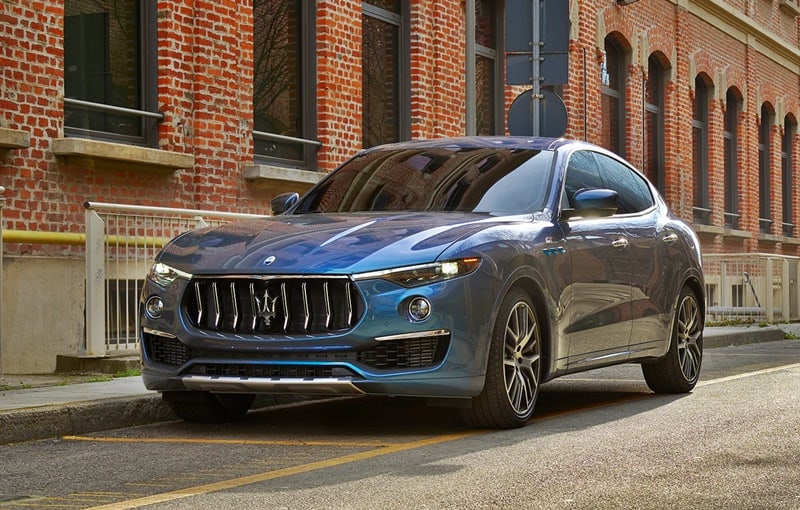
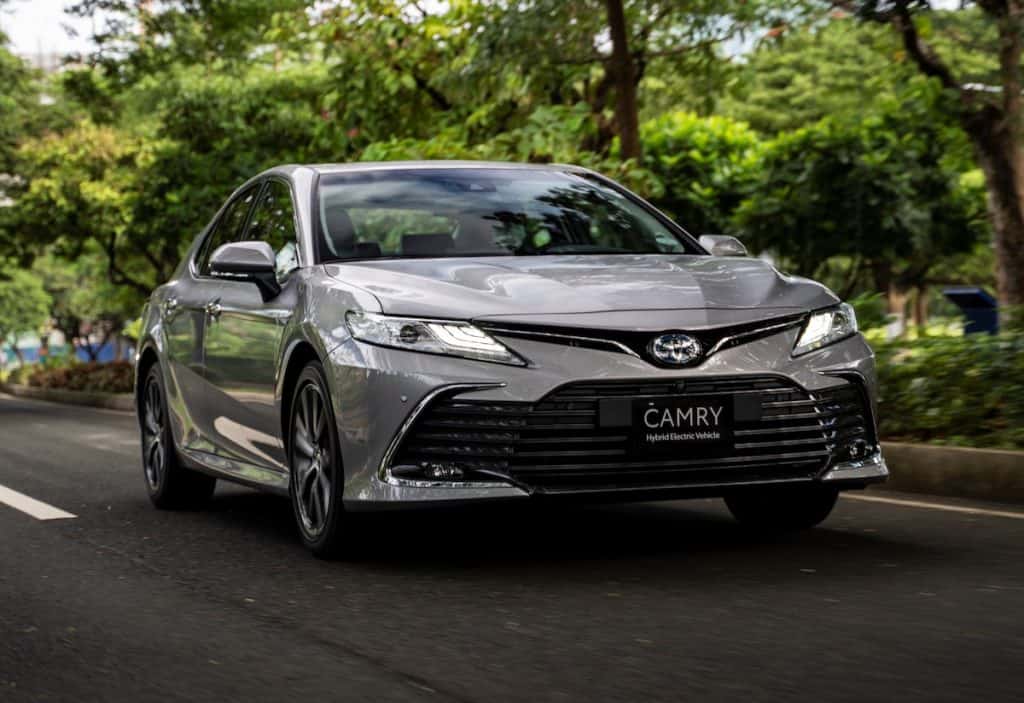
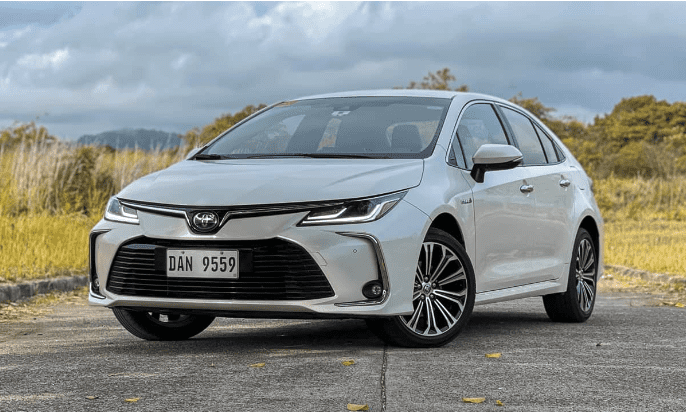
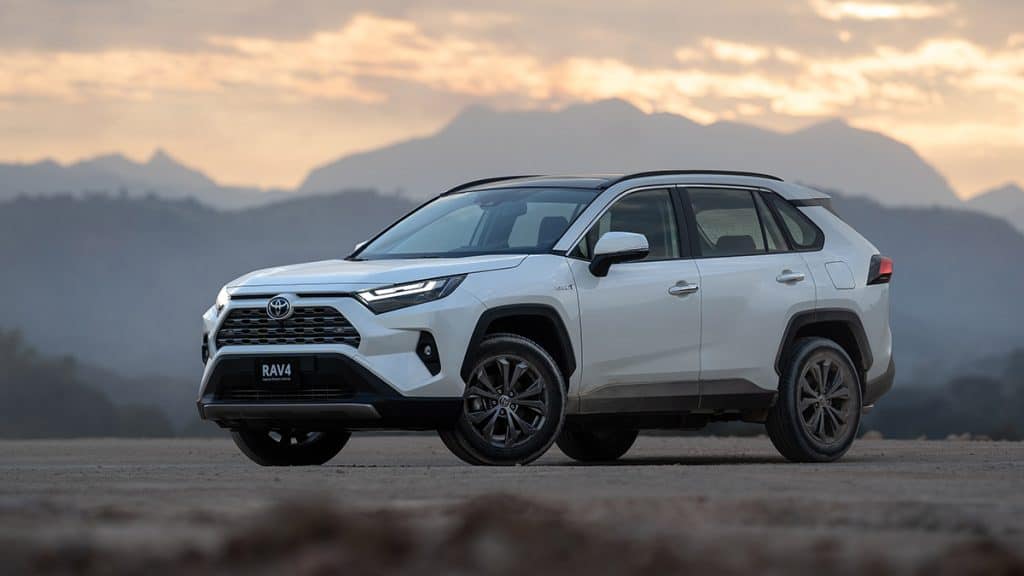
Meanwhile, mild hybrid vehicles are also on offer locally. These electrified vehicles only mildly use an electric motor to boost performance and efficiency. Geely Philippines has the Azkarra and Okavango as its mild-hybrid offering, while Mazda Philippines has the Mazda3 and CX-30 M Hybrid models. Volvo Philippines has the XC90, XC60, and S90 on its stable – all powered by the revamped B6 engine, introducing the 48V hybrid system that has the Integrated Starter Generator (ISG) within.
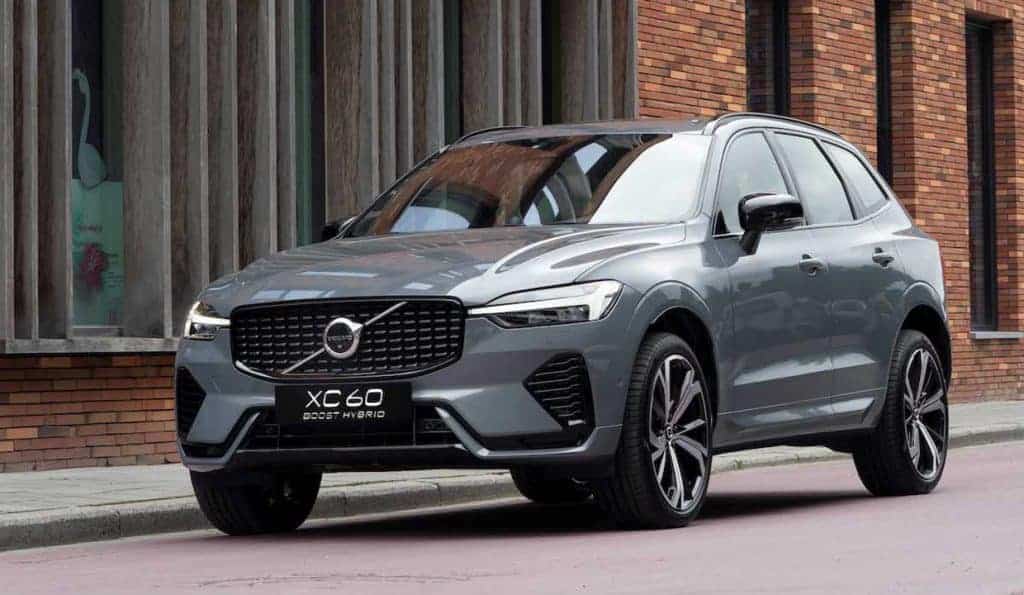
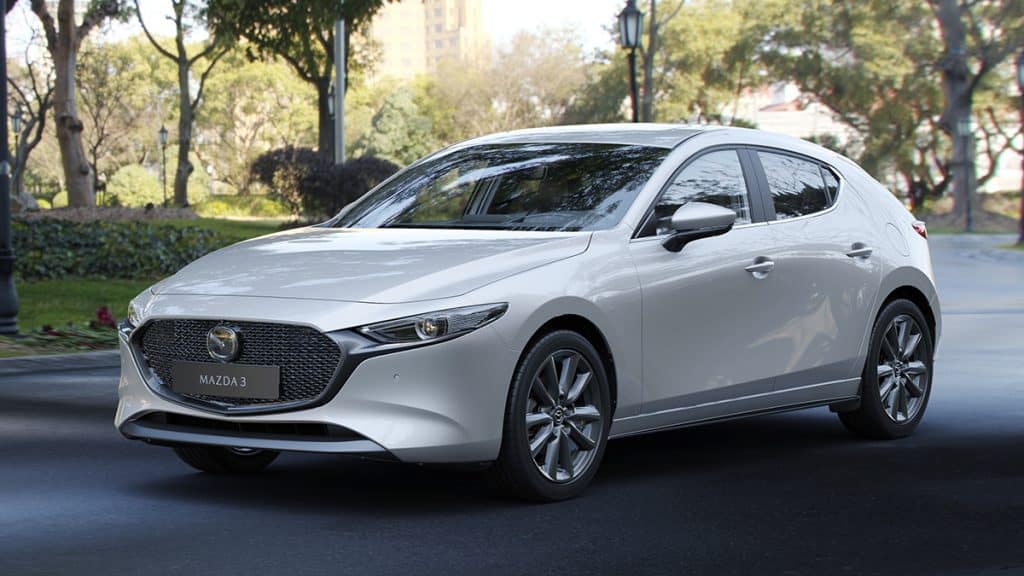

There are a few plug-in hybrid electric vehicles as well. There’s the Mitsubishi Outlander PHEV, which is one of the first to offer the type. Chery Philippines introduced the Tiggo 8 Pro PHEV this year at the 2022 Manila International Auto Show. Ferrari, of course, has the SF90 Stradale and Spider, reserved for the one-percenters but still falls under the plug-in hybrid category.
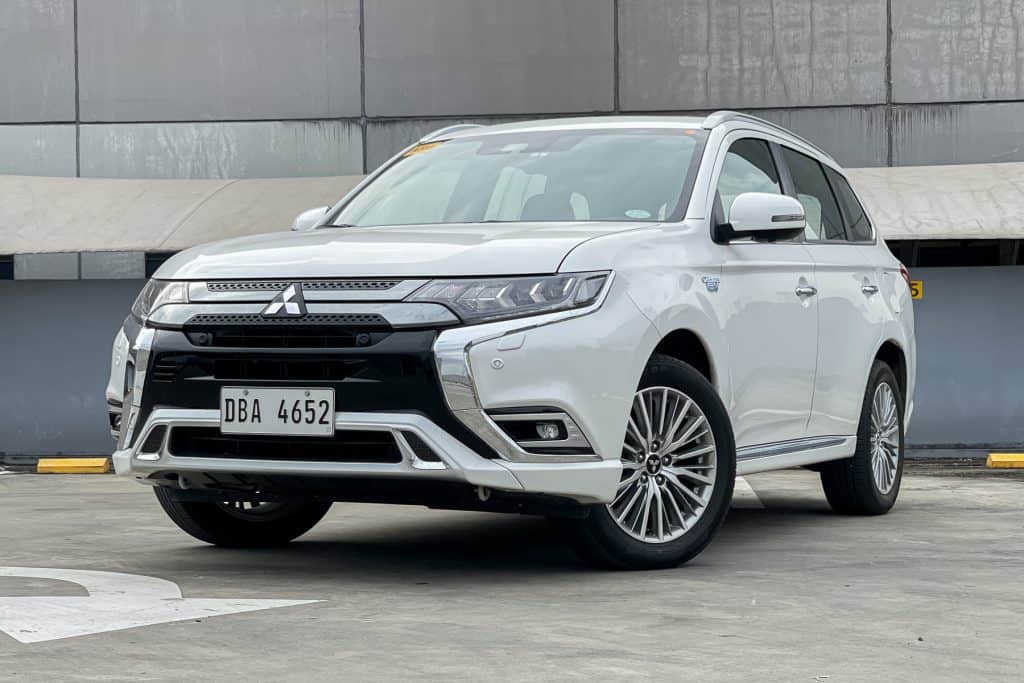
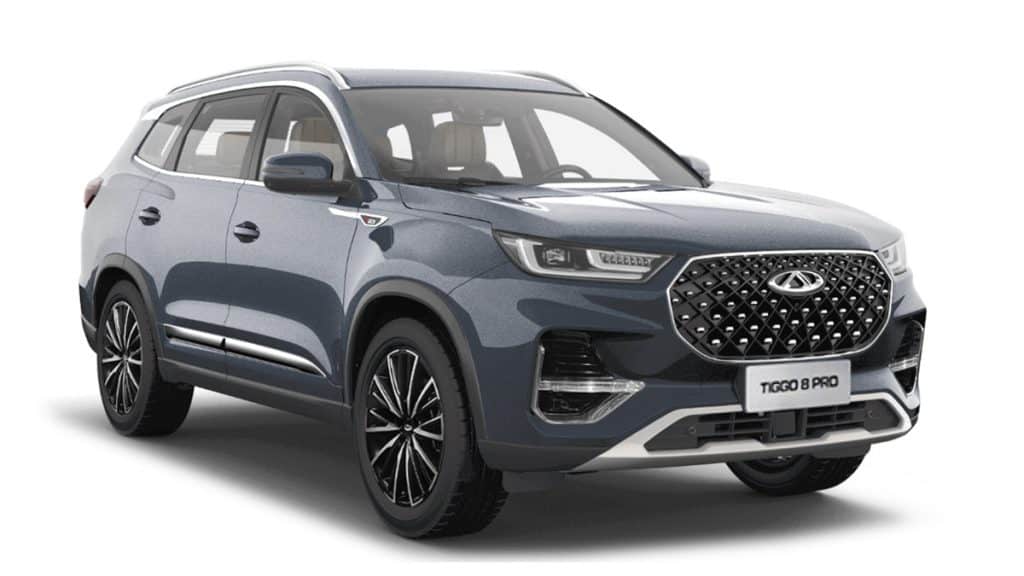
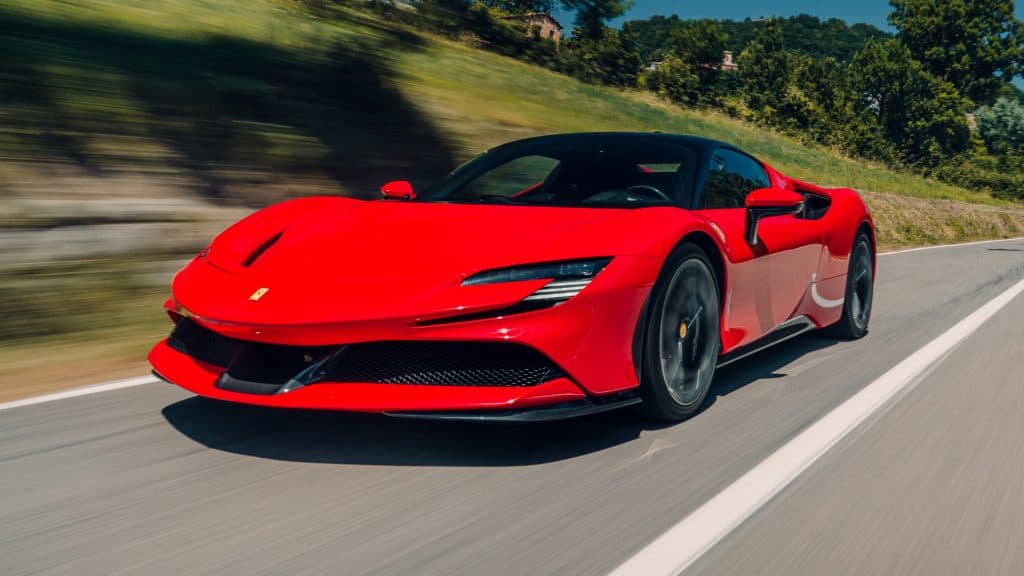
Then, there are the few brave EV offerings in the local market. BYD, or Build Your Dreams, has an electrified lineup that includes the Tang SUV (also available as a hybrid), Dolphin hatchback, Han sports sedan, and T3 van. Chery has the Arrizo 5e electric sedan available via indent order, while Changan has the Eado EV460.
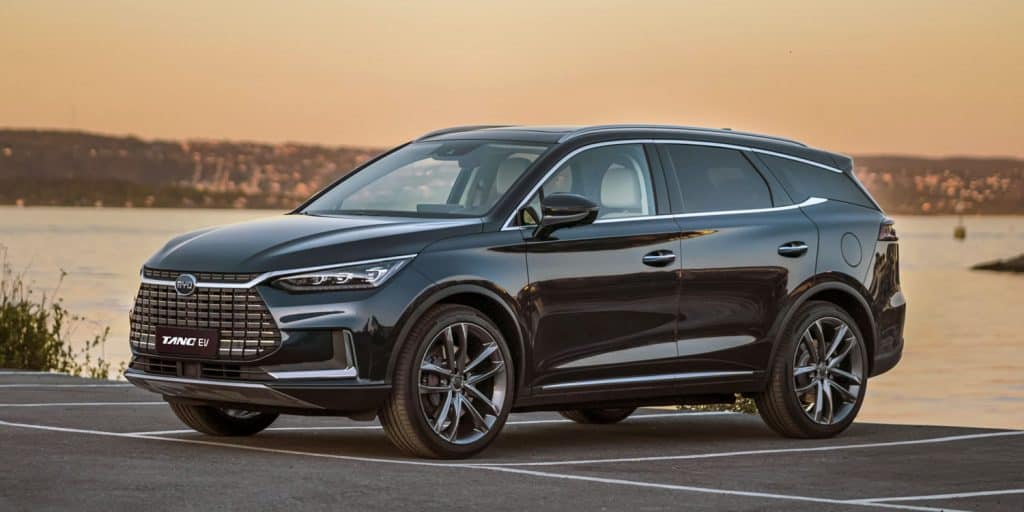
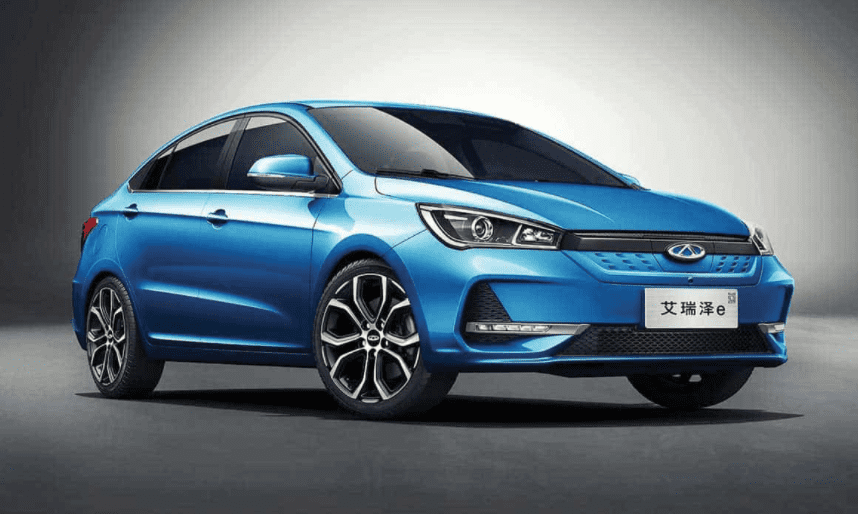
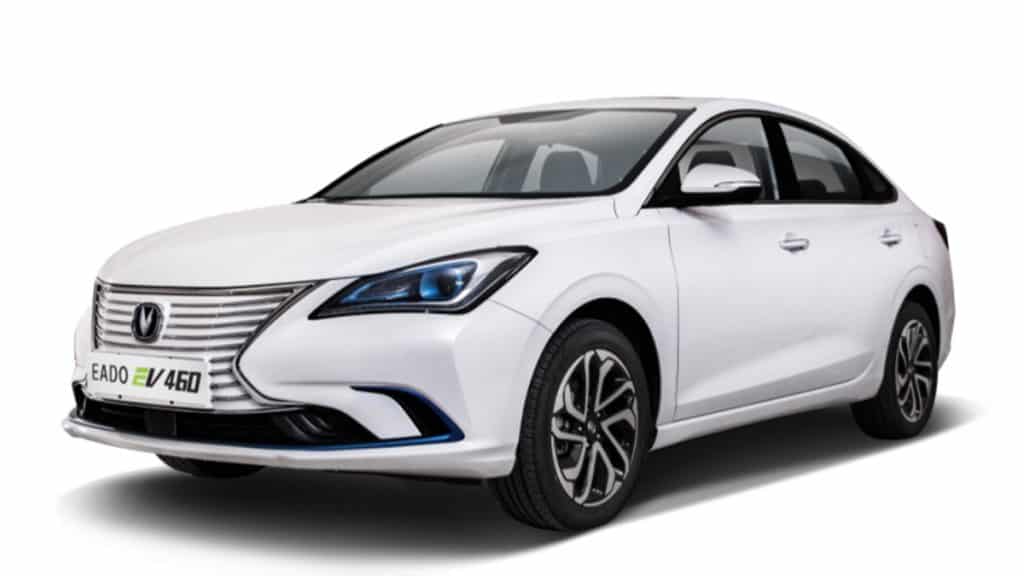
Nissan is one of the first automakers to bring an EV into the market. However, it was only in 2021 when the car brand officially launched and priced the LEAF at P2.798 million. Lastly, Weltmeister, or WM, will have officially launched their EV lineup by the time you read this.
For the premium ones, the Jaguar I-Pace is available for P7.59 million. PGA Cars bolsters its electric lineup with the Porsche Taycan, along with the Audi e-Tron GT and e-Tron SUV. Another German marque joined the premium EV segment in 2022 in the form of the BMW iX SAV, priced at P6.2 million.
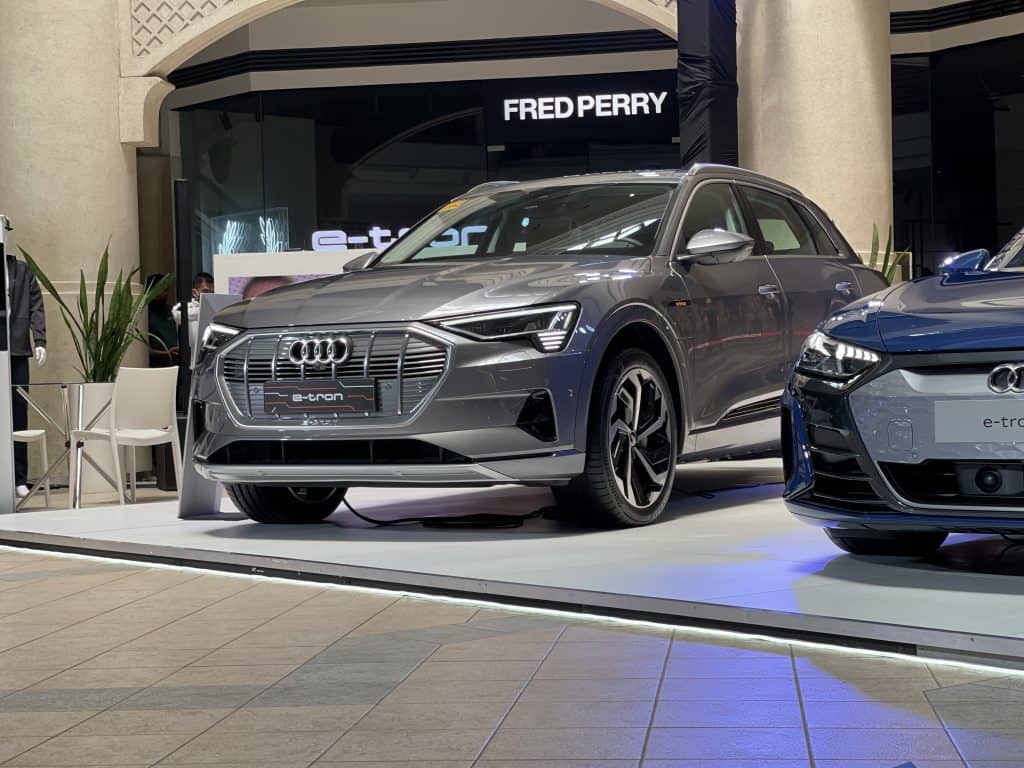
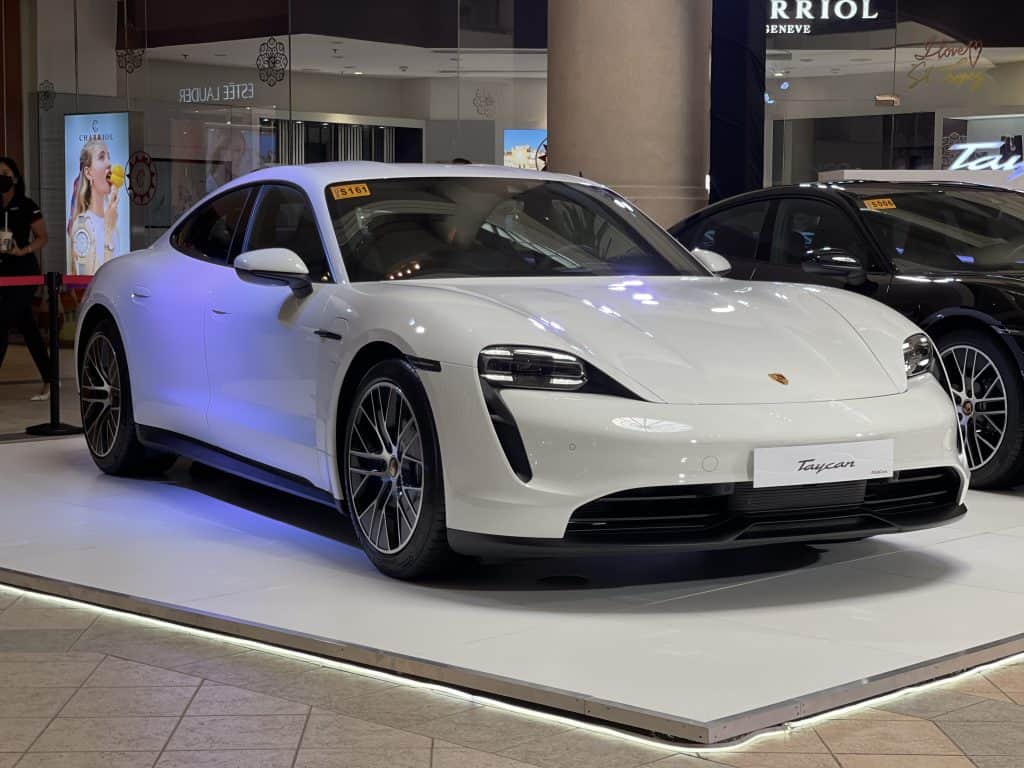
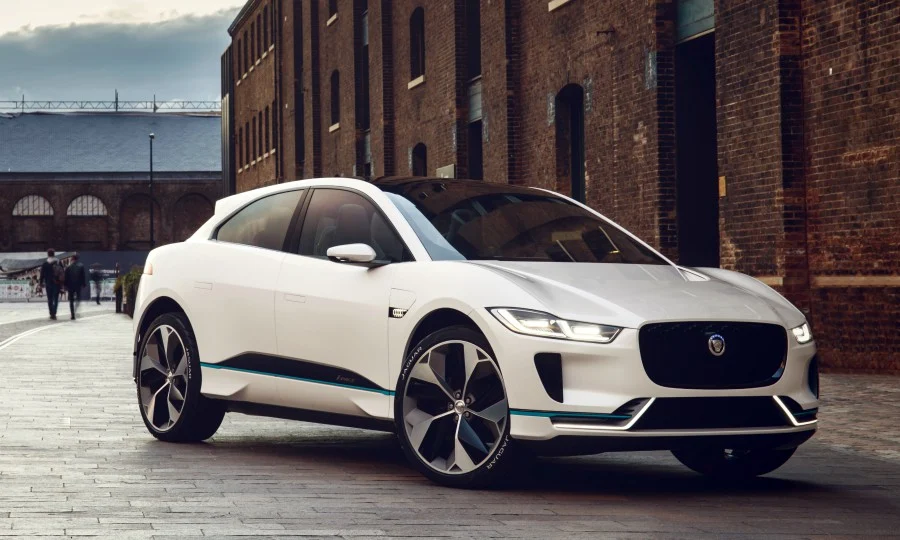
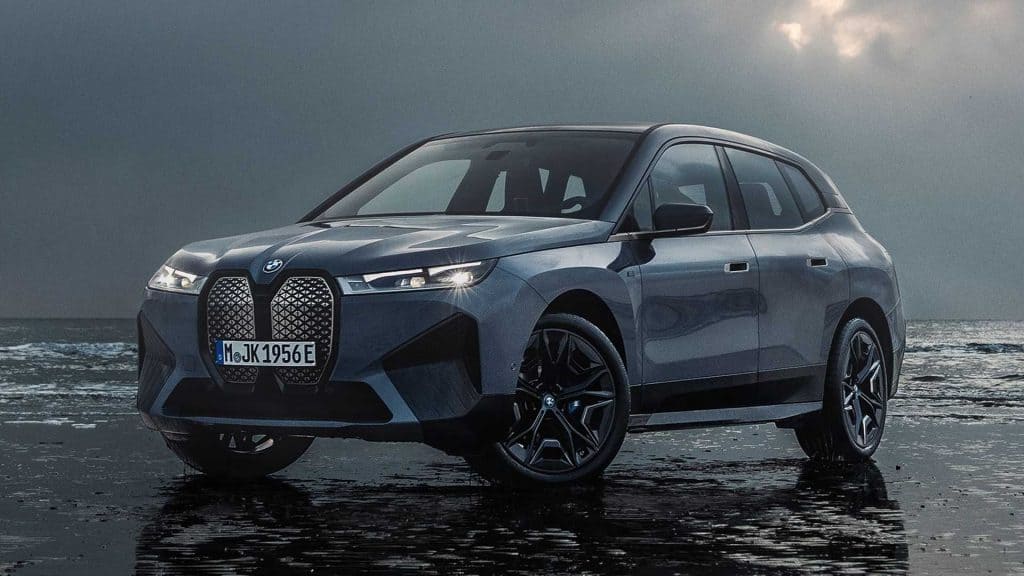
A transition point
Call it kismet or a fortunate happenstance, but the emergence of electrified vehicles couldn’t come at a better timing: skyrocketing fuel prices.
But truth be told, the status of vehicle electrification in the country may not concern everyone at this point, given the impossibly high retail prices of electrified cars. We’re still at a transition point where the adaptation to EVs is but a privilege to a few.
At least it’s one step forward from what it was several years ago – and it won’t be too long before range and charging times become automotive jargons for the great many.
As they say, the future is here. Well, almost.

